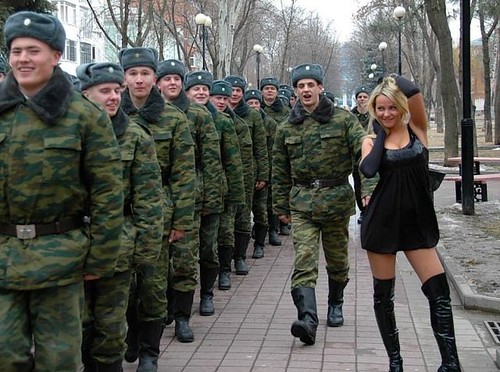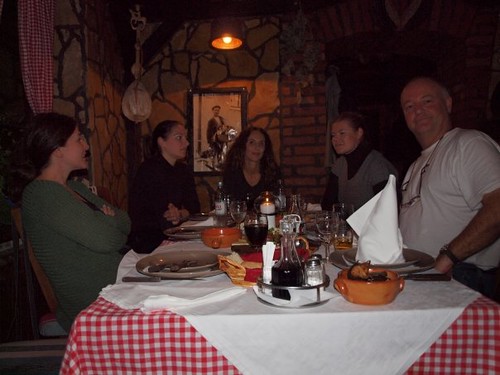Solutions to problems or high stress. It is generally acknowledged that the more a person is placed under stress the more they will revert to their childhood solutions to problems and the more they will regress, as it is known. This means they move from the Parent and Adult ego state into the Child ego state as is shown in the diagram 1 below.
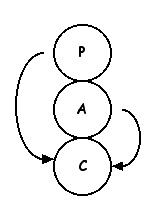
Diagram 1
This illustration shows that as one is placed under more and more stress, the more they will revert to their early ways of thinking, feeling and behaving. The more childlike they will become in their thinking and behavior and the more obvious their early decisions become in how they behave. They move from their grownup Adult and Parent ego states into the Child ego state part of self. This is supported by research in neuro-psychology as is shown by Johnston (2009). When people are placed under stress they are less able to access the pre-frontal cortex of the brain which is associated with the more developed functions like problem solving, decision making and stress management. Instead people will tend to access the more primitive part of the brain in the amygdala.
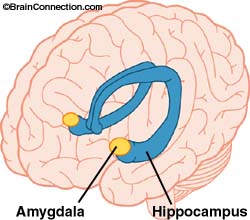
When this happens the early decisions about how they should think and feel become more pronounced. These early decisions influence the current decision making much more than if the Parent and Adult ego states were fully operational. As a result one finds such people making decisions that may seem quite out of character for them Decisions can be made which seem odd and even bizarre based on the facts at the time because it is the early child like thinking that is dominating in the personality.
Generally there are regarded to be three main responses to high stress. In 1915 an American physiologist called Walter Cannon described the fight or flight response. This is a fundamental response to a threat or perceived attack where the person will either fight the attacker or flee from them. Since that time another response has been added and that is the freeze response where the person does not either attack back or flee they just freeze and end up doing nothing. This freeze response is seen as the ‘playing dead’ reaction. In the animal kingdom sometimes an animal will play dead so that its attacker thinks it is dead, becomes bored and then moves away. A good example of this is the mouse who is caught by a cat. It plays dead in the hope that the cat will tire of it all and become distracted onto something else.
Everyone has used all three at some time but we all will have one basic response that we use when there is a very high threat or very high level of stress. It is our last bastion when all other options have been tried. Our most basic response to stress of course will be the one that we decided upon as a young child and which fits most with our basic temperament. Our temperament will effect our decision making to varying degrees and thus will effect wether we choose fight, flight or freeze as our primary solution to problems and stress.

Fight, flight or freeze?
Below are some behavioral examples of how a person may respond to threat in each of the three ways.
Fight - this person may physically hit out (as can be the case in domestic violence), verbally hit out, fight for their rights, put in a complaint or sue somebody. In childhood this is the child who will hit out, shout in their defense, maybe break property or try and hurt the other person in some way. The primary response is to fight up against the adversary either overtly or covertly. When under great stress this person will tend to hit out at others physically or verbally. In childhood the child may voice disapproval at mother and father or seek to angrily get change in some way in the home. If mother and father are fighting the child may actually seek to intervene in some way between them.
Flight - This solution may include things like using alcohol, drugs or prescription medication. All these are a way of getting away from the problem as a means to solving it. The person who quits their job and simply goes elsewhere. Here one chooses to geographically relocate or to move away from the problem thus solving it in their mind. In childhood the youngster may display running away from home behavior or the child may go and hide under their bed as a response to stress in the home. Unlike the fighter this child does not seek to change the conditions in the home or express their disapproval instead they move away from the problem and wait for it to subside. They want to ‘slide under the radar’.
Freeze - In earlier times this person would have been diagnosed as having a nervous breakdown. In essence the person collapses in on self and goes into a state of incapacitation. They simply fall to the ground or crawl into bed and go into the fetal position. These days people go on stress leave from work, they may seek hospitalization, some can have panic attacks and agoraphobia which are both incapacitating conditions that can keep them home bound. In childhood the child just stands there and simply does not know how to respond. In the extreme they can loose bowel or bladder control. Whereas fight is primarily an angry response, freeze is mainly an anxiety response.
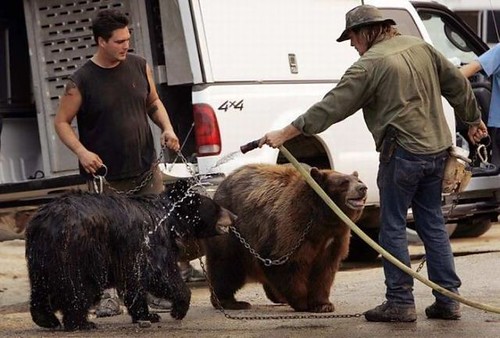
Suicide primarily is a flight response. One solves the problem by getting away from it and suicide does indeed do that. Interestingly enough in the histories of suicidal individuals it is not uncommon to hear of them report running away from home behavior which of course is the flight response as well. Most often if a child says they are going to run away from home, when asked where they are going to run to they has no answer. In essence the child is running away to oblivion.
Suicidal individuals are in a state of considerable distress and often confronted with some very difficult problem whether that be a recent event that has occurred or just an increasing state of malaise, melancholy and distress that has evolved over time. Thus they will act in more child like ways as mentioned before. When taking a client's history they reports flight as a main way of dealing with stress then this is another point to note when making a suicide risk assessment.
All people fight suicidal urges to some degree. If they did not then it would not be long before their did indeed die. If however the person has a primary flight response then they will be more willing to give up on the fight and take the flight solution of suicide. If the person has a strong fight response then you know they will be less likely to give up and make a serious suicide attempt. The no suicide contract can be particularly useful for this type of indidivual. They can use it as part of their fight response.

Counselling generally speaking is a fight response. Client's wish to identify the problem, find the cause of the problem and then change it rather than simply moving away from the problem. However this is not always the case. Some people will use counselling to identify the problem and then seek ways of getting away from it. Depending on what the problem is, either approach can be useful.
For instance if the client has a primary fight response and has a problematic relationship with mother they will tend to try and alter that relationship by changing self or by negotiation. Those with the flight response will not try so much to alter the relationship but will tend to take the solution of simply never seeing mother again. Some people come to counselling to get permission to do precisely that. To get approval from the counsellor and make a decision to terminate the relationship with mother. Obviously as a therapist it is conducive to work out which of these responses the client is essentially looking for.
Those with the flight response are much more likely to seek a purely medication approach to their problems of emotional distress. For instance the medication approach to depression is a example of a flight response. If it is found to be successful then that person would have little interest in seeking a counselling approach as well. On the other hand one not uncommonly meets clients who say they don't like taking medication as it does not solve the problem and they will seek to find the cause of the problem and try and remediate that.
Sometimes the fight response can be the problem in the itself. If the person has a toxic relationship with their mother that brings them great angst they can seek to change it. The problem with changing relationships is it usually requires both parties change. If mother refuses to then there is not much you can do about that. The person with the fight response will tend to continue to try to change the relationship (mother).
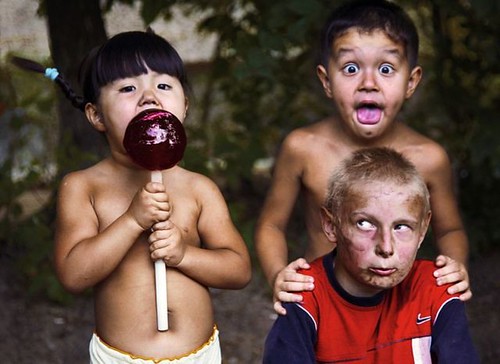
Sometimes it is very hard to accept
that things can not be changed
Some things you cannot change and the person with the fight response will have trouble identifying those times and will get stuck trying to change the unchangeable. The therapeutic goal in these circumstances is for the person to give up their fight which some can find very hard to do.
Graffiti

